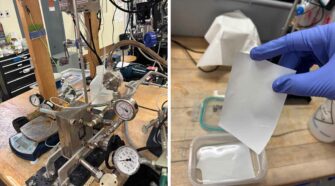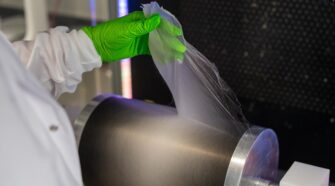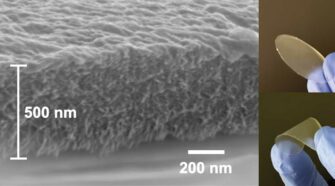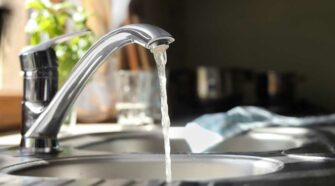Research & Development

New Filter Captures and Recycles Aluminum from Manufacturing Waste
MIT engineers designed a nanofiltration process that could make aluminum production more efficient while reducing hazardous waste.By Jennifer Chu | MIT NewsUsed in everything from soda cans and foil wrap …

USC Researchers Discover Method To Fully Recycle Carbon Fibers
The method can upcycle carbon fibers to restore 90% of the strength of original fibers. By Yashna DodrajkaUSC researchers have developed a study that promises complete upcycling of high-performance composite …

Flexible Ceramics – Pushing the Limits of Filtration
Recent advancements in material science have facilitated the development of flexible ceramic microfiber non-woven material, representing a significant innovation that combines the high-temperature stability and chemical resistance of ceramics with …

MIT: New Filtration Material Could Remove Long-Lasting Chemicals From Water
Water contamination by the chemicals used in today’s technology is a rapidly growing problem globally. A recent study by the U.S. Centers for Disease Control found that 98 percent of …

Filters and Digital Health Program Reduced Participants’ Arsenic Levels by Nearly Half in American Indian Households Relying on Well Water
A community-led water-testing project made up of households that rely on private well water with high arsenic levels saw on average a 47 percent drop in participants’ urinary arsenic levels …

